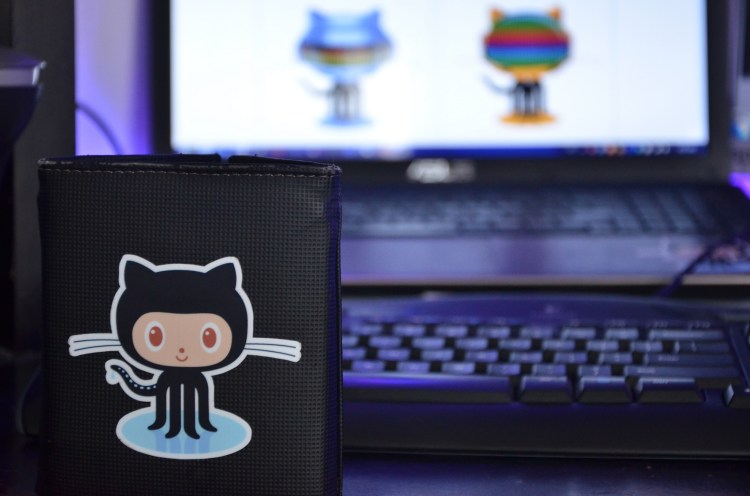GitHub today announced a new feature for its Atom text editor that makes it easier for programmers to work with one another on shared code. Called Teletype, it’s designed to let developers get the experience of in-person collaboration without huddling around the same terminal.
Developers can create a Teletype session from Atom and then share a link with their collaborators. At that point, the system will stream the contents of a user’s editor to their collaborators. At any time, another collaborator can start entering their own code, and it’s possible for multiple people to work in the same document at once.
Teletype came about in part because the Atom team itself is globally distributed. One of the engineers working on the product is based in Italy, and working on code with him was a challenge.
The feature doesn’t include a chat or voice conference system, so people who want to converse about the work that they’re doing will have to reach for an outside service, like Google Hangouts, Slack, or Skype.
June 5th: The AI Audit in NYC
Join us next week in NYC to engage with top executive leaders, delving into strategies for auditing AI models to ensure fairness, optimal performance, and ethical compliance across diverse organizations. Secure your attendance for this exclusive invite-only event.
Live collaboration in editing text is nothing new, but GitHub’s approach is designed to help deal with the limitations of existing systems. While Google Docs works well for collaboration on word processing files, it’s missing key features for coders. More tailor-made systems require storing code on a centralized server, which means people working close to one another but far away from the main repository would have to deal with a delay between when one user enters text and when it shows up on another screen.
Screen sharing was another workaround that people have tried, but that system doesn’t work well with multiple people trying to control the same computer at once. Plus, that brings up all sorts of issues around connection latency, as well as privacy, since users could end up having to share their entire screen.
Teletype could improve companies’ software development processes by allowing developers to more easily get immediate feedback on the code they’re writing. What’s more, the feature’s support for quick collaboration sessions could make the process more prevalent at companies that don’t want to set up dedicated pair programming workstations.
In addition, Teletype lets each user keep their preferred themes, key bindings, and plugins. That’s important, since many programmers set Atom up to work in a unique way, which can help them be more productive but also impede the productivity of people unfamiliar with a particular configuration.
Developers still have to look out for some important limitations when using Teletype. Key among them: The host computer is in charge of sharing its contents with the other connected developers. That means the number of connections is limited by both the host’s upstream bandwidth and the compute resources available on the computer.
However, Teletype was built so that the number of people that would be useful to have working on the same file is smaller than the total number of connections a machine can accommodate.
The news comes the same day that Microsoft announced its own live collaboration tool for coders using its Visual Studio development environment.

